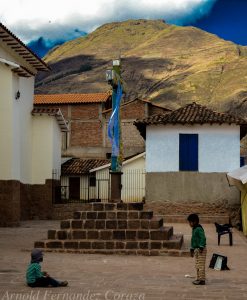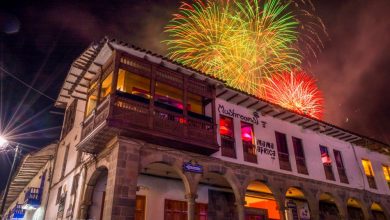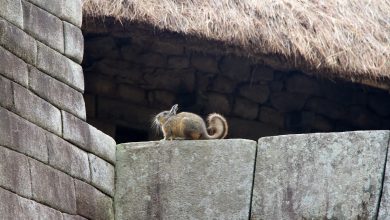The Enchantment of Pisac
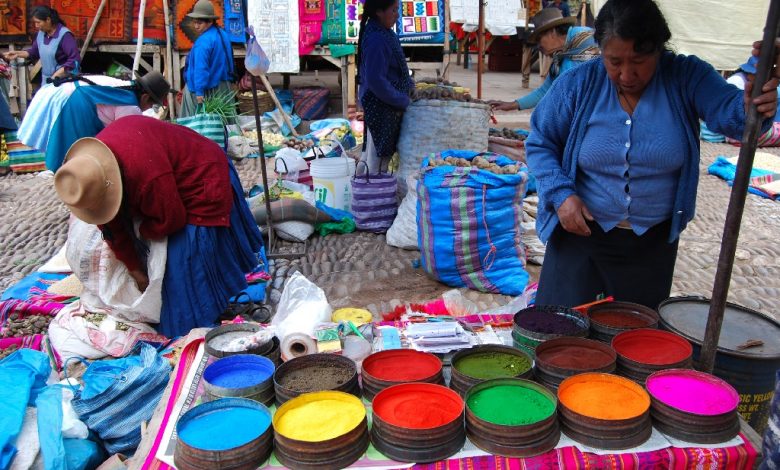
A small but charming town is found some thirty minutes by car from the City of Cuzco. It is Pisac. Two different roads will take you there. You can go out through San Jeronimo or by Saqsayhuaman.
On weekends or holidays the people of Cuzco love to go to this beautiful place. In it there are many things that will delight you. First, you will see its astounding landscape and scenery. On those broad plains and steep mountains you will see many animals roaming free.
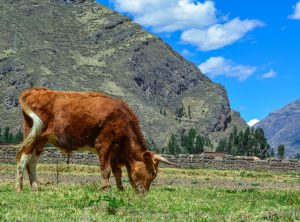
Then you can go into town to see its traditional food market. It is small but well ordered and presented and contains a wide variety of raw foods, as well as juices and prepared foods. You can sit and eat with tourists and locals made up by the local caseras, vendors.
Its streets are narrow and fascinating. You walk down some of the narrow and seemingly labyrinthine streets and you will find an old church that is well maintained and has a cross that is colored green, blue, and white. By the side of the cross the town’s children like to play. They go there and stay throughout the day.
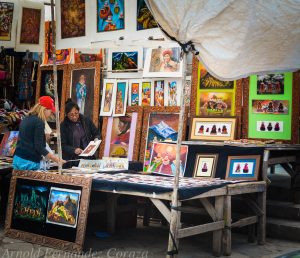
Pisac’s streets are also filled with handicraft booths and stores. The town comprises an enormous handicraft market that has grown stupendously over the last decades. It represents a traditional, Peruvian outdoor market.

Pisac is a center of handicrafts and you will find unique crafts there as well as greater variety in the crafts more broadly sold. The crafts are sold in both dollars and soles.
Any day of the week the enchanting town of Pisac is ready to give attention and assistance to anyone. You will find the people who are from the town and they will tell you very interesting things about the town’s origin.
